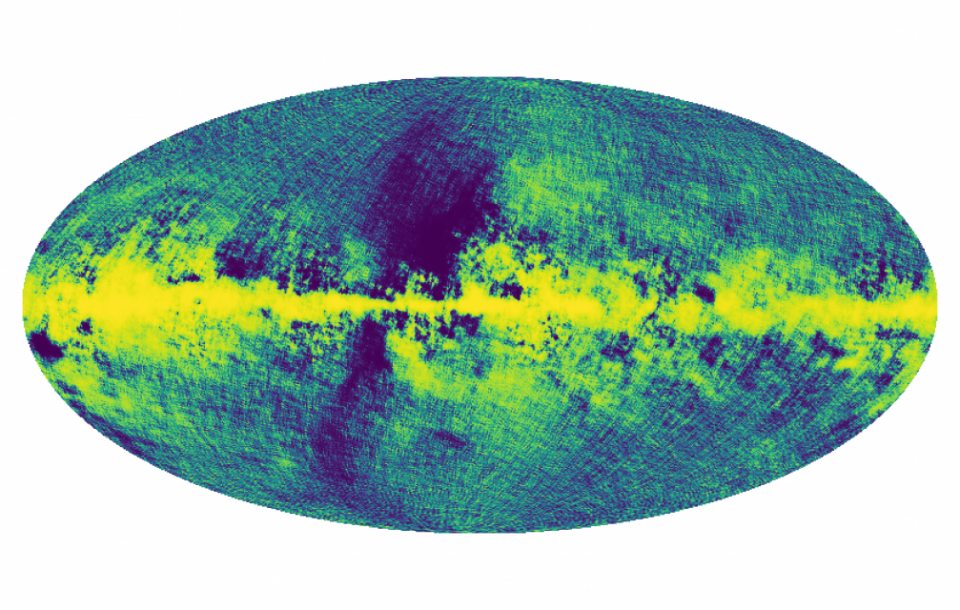Denys Wilkinson Building, Department of Physics, University of Oxford, Keble Road, Oxford OX1 3RH
Miguel Zumalacarregui (Max Planck Institute for Gravitational Physics)
Abstract:
Just like light, gravitational waves (GWs) are deflected and magnified by the large-scale structure of the Universe, a phenomenon known as gravitational lensing. Their low frequency, phase coherence and capacity to propagate with no absorption makes GWs an ideal signal in which to observe wave-propagation phenomena. I will describe how GWs deflected by cosmic structures produce diffractive, wave-optics phenomena, whose measurement will allow us to infer the properties of galactic and dark matter halos. For GWs in strong gravitational fields, such as the vicinity of a massive black hole, their propagation depends on the frecuency (dispersion) and polarization (birefringence) through the gravitational spin-hall effect. I will describe how observations of sources near central black holes of galaxies may enable the observation of dispersive GWs. While birefringence might be too suppressed to observe in Einstein’s general relativity, alternative theories predict that the two GW polarizations travel at different speeds near massive objects. Searches for this effect provide one of the most stringent tests of gravity so far.

